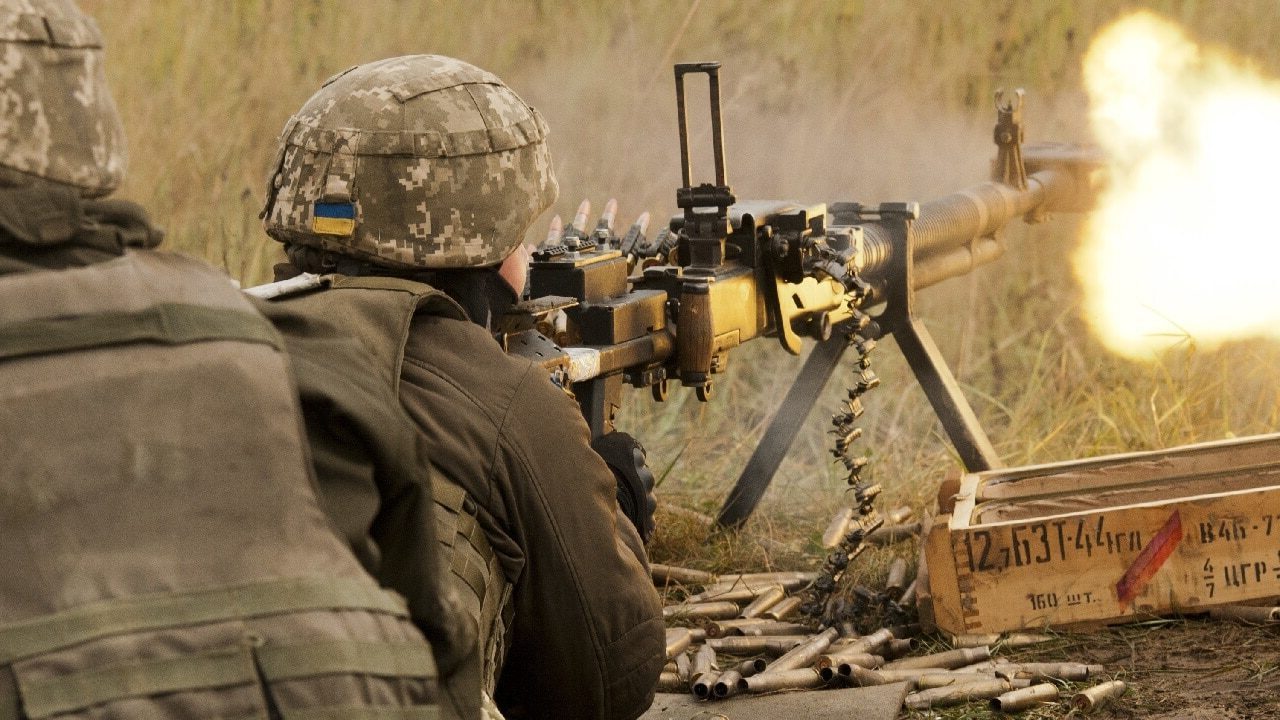Kyiv’s counteroffensive continues to unfold in southern Ukraine and the Donbas region, putting heavy pressure on Russian defenses.
Moscow’s forces continue to hold the line, but they are suffering heavy casualties. As a result, the Russian defensive effort is growing weaker.
To prevent a Ukrainian breakthrough, the Kremlin is sending more units, including elite VDV paratroopers, to beleaguered sectors.
Plugging the Gaps in Ukraine
In an effort to maintain a coherent defensive line against the Ukrainian counteroffensive in southern Ukraine and the Donbas, the Russian Ministry of Defense continues to relocate forces from quieter parts of the contact line to places where there is danger of a breach.
According to Western intelligence estimates, the Russian military “has likely further reinforced” the Orikhiv sector in the Zaporizhzhia Oblast with VDV airborne forces.
There are at least five VDV regiments in the area around the key village of Robotyne, which the Ukrainian forces liberated a few weeks ago. Under normal circumstances, this concentration of VDV forces would number around 10,000 paratroopers. But the constant fighting and Moscow’s force-generation issues mean these units are probably highly understaffed.
“The current situation is likely to be seen as highly unsatisfactory by the VDV hierarchy,” British Military Intelligence assessed in its latest estimate of the war.
Nominally intended as an aggressive, strategic reserve to counter NATO, VDV airborne forces have found themselves fighting in unfamiliar roles, including static defense.
“Throughout the war, Russian commanders have attempted to regenerate the airborne forces as a highly mobile, striking force for offensive operations. Once again, they are being used as line infantry to augment over-stretched ground forces,” British Military Intelligence added.
The Russian Army’s 58th Combined Arms Army is responsible for the defense of the sector, but it has been suffering from low morale and leadership issues — Gen. Ivan Popov was sacked from the unit’s leadership over the summer.
Creating New Lines of Defense
In addition to sending new units to the area, the Russian military is creating additional layers of defense to the rear of the fighting. Moscow does this in an effort to prevent an operational breakthrough through which Ukraine’s mechanized brigades push past the initial layers of Russian defenses.
The Russian military is focusing its efforts around the town of Tokmak, which is right to the rear of the current fighting.
“In recent days, Russian forces have likely reinforced their defenses around the occupied town of Tokmak in southern Ukraine, which is approximately 16 km behind the current front line,” British Military Intelligence assessed in a recent estimate on the war.
These impromptu defensive layers include anti-tank obstacles, like hedgehog and dragon’s teeth installations, as well as fortified positions for the infantry.
“Tokmak is preparing to become a lynchpin of Russian’s second main line of defenses. Improvements to the town’s defenses likely indicates Russia’s growing concern about Ukrainian tactical penetrations of the first main defensive line to the north,” British Military Intelligence stated.

Ukraine Drone Attack
A 19FortyFive Defense and National Security Columnist, Stavros Atlamazoglou is a seasoned defense journalist specializing in special operations and a Hellenic Army veteran (national service with the 575th Marine Battalion and Army HQ). He holds a BA from the Johns Hopkins University, an MA from the Johns Hopkins’ School of Advanced International Studies (SAIS), and is pursuing a J.D. at Boston College Law School. His work has been featured in Business Insider, Sandboxx, and SOFREP.

